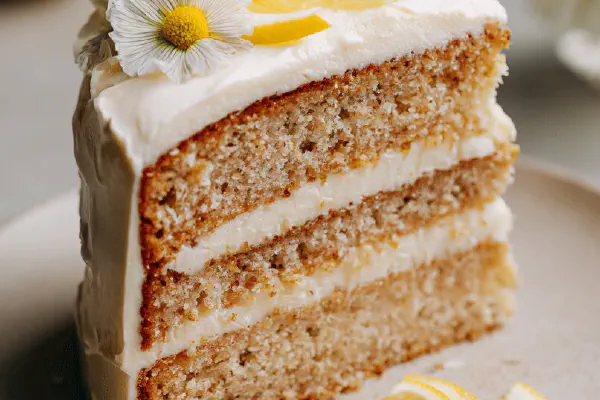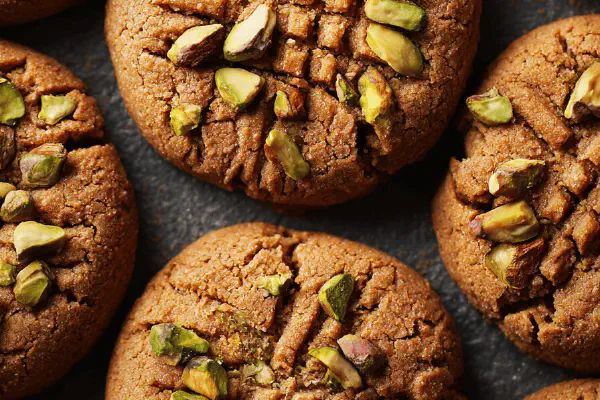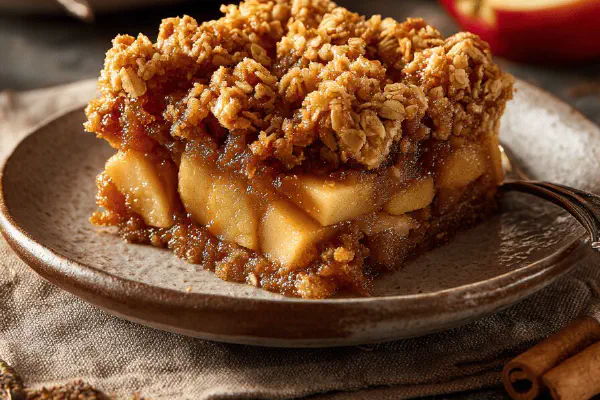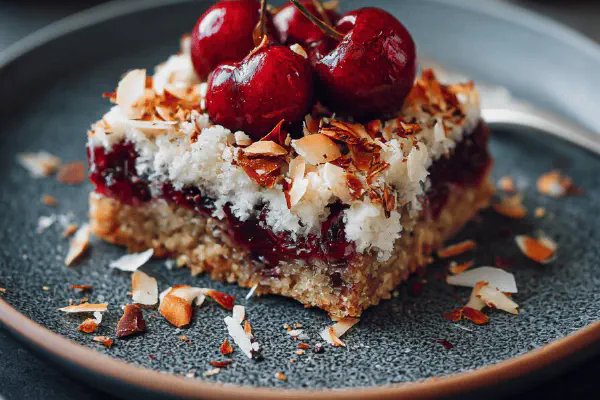Featured Recipe
Flourless Pumpkin Muffin Bites

By Kate
"
Oats ground fine take place of flour here. Pumpkin gives moisture, natural sweetness, earthiness. Chocolate chips lend melty pockets, pepitas add crunch. Baking’s at high temp initially for lift, then watch toothpick test, not rigid time. Replace rolled oats with quick oats but pulse less to avoid powder. Swap pumpkin puree with sweet potato mash for subtle flavor shift. Coconut oil stands in for neutral oil adding slight richness. Blend all except mix-ins; fold gently. Batter thick but spoonable. Use cookie scoop for even portions. Sprinkle toppings for texture contrast. Muffins deepen in color, firm edges, toothpick emerges with crumbs, never wet. Rest a bit before serving. Smell of warm spices, roast pumpkin rises from oven, pepitas toast lightly on top. A practical approach guarded from overmixing or drying out.
"
Prep:
25 min
Cook:
20 min
Total:
45 min
Serves:
12 muffins
gluten-free
healthy snacks
pumpkin spice
baking
autumn recipes
Introduction
Grain-free but not with strange flours. Pure rolled oats, pulverized just enough. Keeps crumb moist without gums or starches. Pumpkin puree moistens the crumb, packs in flavor without added fats or sugars. Maple syrup serves sweetness and browning. Coconut oil as fat introduces subtle tropical note, easy swap for any neutral oil if needed. Eggs bind and leaven. Baking powder lifts without heaviness. Pumpkin pie spice and cinnamon - essential for autumnal warmth, skip ground cloves here to avoid bitterness. Chocolate chips mixed within and scattered atop maintain balance between sweet pockets and crunchy pepitas. Listen for tiny crackles as pepitas toast in oven. Muffin edges firm to touch but interiors should yield slightly. Toothpick test over timer—visual and tactile cues override clock. Rest muffins to finish cooking through residual heat. Practical but tasty approach for busy kitchen runs. Variations encourage using sweet potato or applesauce in place of pumpkin, or substituting sunflower seeds if nut-free mandatory. Take this as flexible, not rigid method.
Ingredients
About the ingredients
Pulverizing oats rather than using oat flour yields better crumb texture—too fine and muffins tend to get dense or dry. Rolled oats preferred but quick oats workable; reduce pulse time to keep some texture. Pumpkin puree beats canned pumpkin pie filling due to no added sugars or spices, control flavor consistency. Swapping coconut oil for avocado oil or light olive oil works for different flavor profiles. Dark chocolate chips bring richness—semi-sweet or bittersweet fine, but avoid milk chocolate if aiming for balance with earthy pumpkin. Pepitas toasted during baking add crisp, not just decoration. Baking powder crucial for lift; check freshness to prevent dead muffins. If eggs unavailable, chia or flax egg substitutes can work but adjust liquid slightly. Salt balances sweetness and heightens spices. Cooking spray or liners non-negotiable for easy muffin removal.
Method
Technique Tips
Staggered baking temps trigger proper rise—high heat frontloads the lift, then lowering temp avoids overbrowning outer crust while allowing interior bake-through. Watch muffin domes; subtle cracks signal just-right doneness, dry top means overbake. Toothpick test is king—moist crumbs adhere but no wet batter. Folding chocolate chips prevents overmixing batter, maintain texture lightness. Cookie scoop is double win for size consistency and speed, especially useful when batter is thick like this. Cooling stages matter: hot muffins crumble if removed immediately, but trapped steam ruins base texture if left too long in tin. Pepita and chocolate chip toppings toast and melt better if scattered on top rather than mixed in, retain crunch and sparkle. Muffins keep well, with day old better reheated for melty chocolate and soft crumb. Watch for signs muffins are done – smell and sights over time. If oven hotspots unevenly bake muff, rotate halfway. Common mistakes: overprocessing oats, overmixing batter, skipping oil melt step leading to clumps, using old baking powder killing rise.
Chef's Notes
- 💡 Using rolled oats—not oat flour—ensures moisture level stays right. Too fine, they’ve dense crumb. Pulse just enough, coarse flour texture works better.
- 💡 If you flip to quick oats, keep pulse short. Aim for some grain; avoid powder. If batter’s too thick, add a splash of milk or water.
- 💡 Coconut oil brings richness to dough. Swap with neutral oil if desired. Flavors shift, but maintain moistness. Need nut-free? Use sunflower seed butter.
- 💡 Cooling matters. Too fast removal means mess, but delays leave steam trapped. Let rest in the tin three to five minutes, then transfer.
- 💡 Check doneness with toothpick test. Moist crumbs, fine. But wet batter? Means more baking time. If edges burn, oven too hot. Adjust temps.
Kitchen Wisdom
How long do these muffins stay fresh?
Up to three days if sealed airtight. Room temp fine. But refrigerate if hotter days. Or freeze—good for a month.
What if I don't have pumpkin puree?
Swap with mashed sweet potato or applesauce but watch moisture levels. Add a bit less syrup, perhaps.
What's an issue with texture?
Too dense means overblending the batter or too much oat powder. Lightly fold chocolate chips in; keep batter fluffy.
Can I store these differently?
Use a container with a small opening, keeps moisture in place. Or wrap in foil. Muffins get soggy if humidity high.



